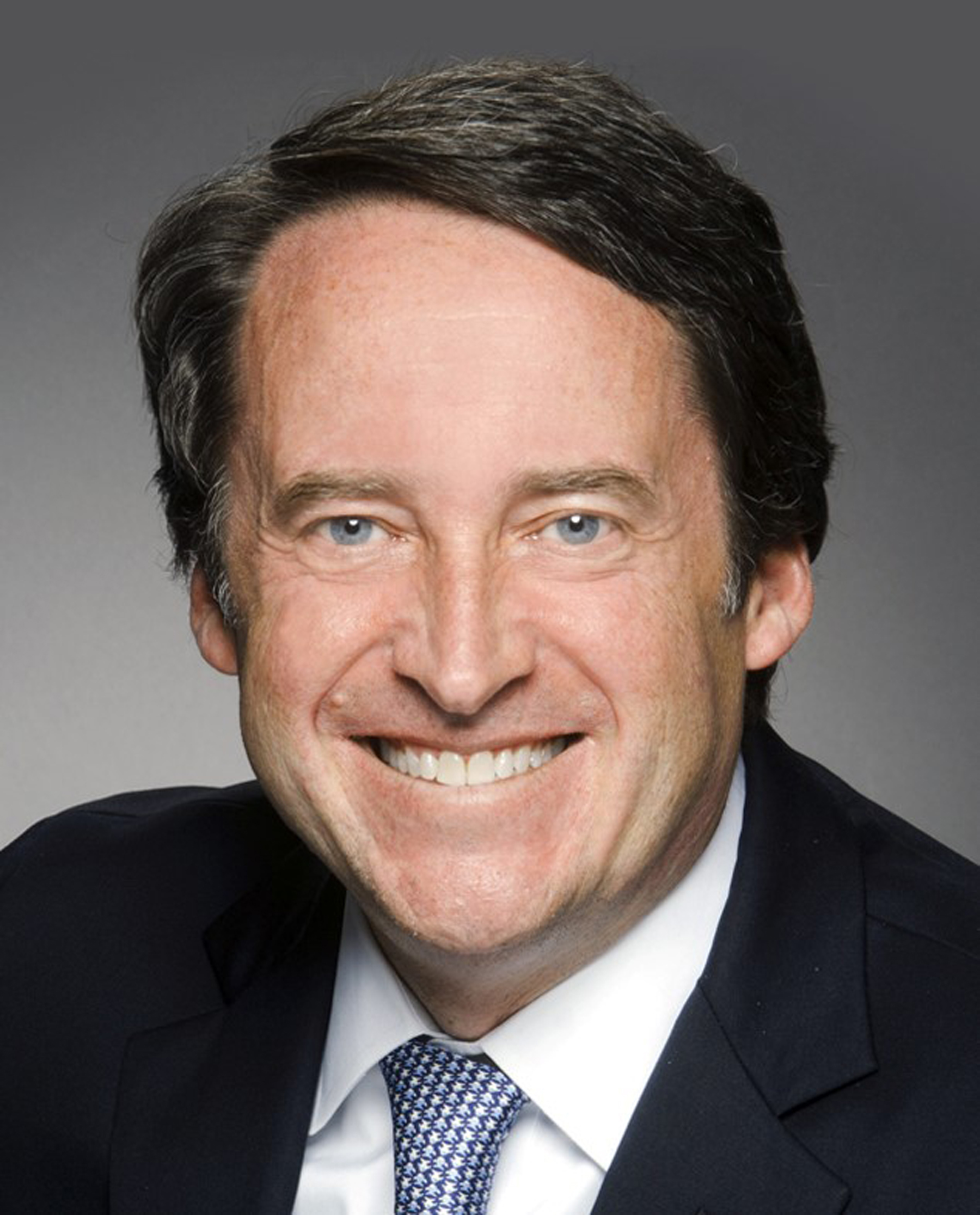
Presidential elections are usually a great time for school districts to place a tax measure on the ballot. They draw a larger number of younger voters, parents, renters and unaffiliated voters (independents)—typically, just the right voter demographics for education-related referenda.
COVID-19, however, has thrown a wrench into things. Given the challenges of the coronavirus and its impact on voter attitudes and opinions regarding the economy and, undoubtedly, new taxes, where does that leave school districts that were charging forward with pre-referendum efforts tied to the November 2020 election? Here are five important action steps to consider as you enter this unknown territory.
Read: Updated: 222 free K-12 resources during coronavirus pandemic
1. Weigh the pros and cons of alternative election dates
November 2020 might not be a good time to be on the ballot. This reality is likely difficult to swallow given the planning efforts completed to date. However, it’s critical to set emotions aside and develop a list of pros and cons of pursuing November 2020 versus other possible dates. Some of the factors to consider include:
- impact on taxpayer trust as a result of pursuing a tax measure during a crisis
- likely state of the economy and voters’ tax sensitivity
- urgency of the district’s proposed capital improvement and/or operating needs
- competing tax measures
- cost of capital improvements that cannot wait and the impact of funding those necessary repairs and renovations on existing funding sources
- voter demographics
- board elections
2. Let the dust settle
Even if your district already launched its pubic information program, you may wish to pause. Coming out with a tax proposal in the middle of a pandemic may send the message that your district is insensitive to the challenges many people are currently facing. For many school districts, adoption of the ballot resolution for a November election is not required until late August or early September. If that is the case, and your district has made the decision to move forward with its pre-referendum outreach efforts, consider starting (or restarting) in late May.
3. Put a pause on polling
The health and economic impact of COVID-19 changes from one day to the next, as do voters’ attitudes and opinions. That’s precisely why your district should consider delaying public opinion research. How long to delay your polling depends on when your board of education must make its final decision. Furthermore, if your district polled prior to late-February of this year, and you can afford to poll again, then do it. Many voters’ attitudes and opinions have undoubtedly changed in recent months, especially when it comes to tax sensitivity. Polling results from earlier in the year have little or no value now.
Read: How student activism guides future citizenship
4. Seek input from community opinion shapers
Many school districts form a citizen-led planning committee as part of their master facility planning efforts and/or pre-referendum program. This boots-on-the-ground group can provide valuable insights into the mind of the local electorate. They can help determine whether your district should briefly pause your pre-referendum program or completely table plans to pursue a public information program and an election this fall. Even though your team and the citizen-let planning committee cannot meet in person, you can be just as effective on a videoconference call.
5. Be strategic when communicating a change in plans
If it’s widely known that your district intended to have a tax measure on the November ballot, it’s important to inform the community about a delay. This should come in the form of earned media, a direct mailer, internal communications with staff and parents, website updates, and other social media platforms. If it’s not widely known that your district considered pursuing a referendum, then it’s best to limit updates to district staff and citizens who were part of your planning efforts.
Things are changing on a daily basis. We can’t be certain where things will be in five months, but we do know now is not too early to begin considering your options.
Paul Hanley is managing director of Beyond Your Base, a consulting firm of Wight & Co.
DA’s coronavirus page offers complete coverage of the impacts on K-12.







